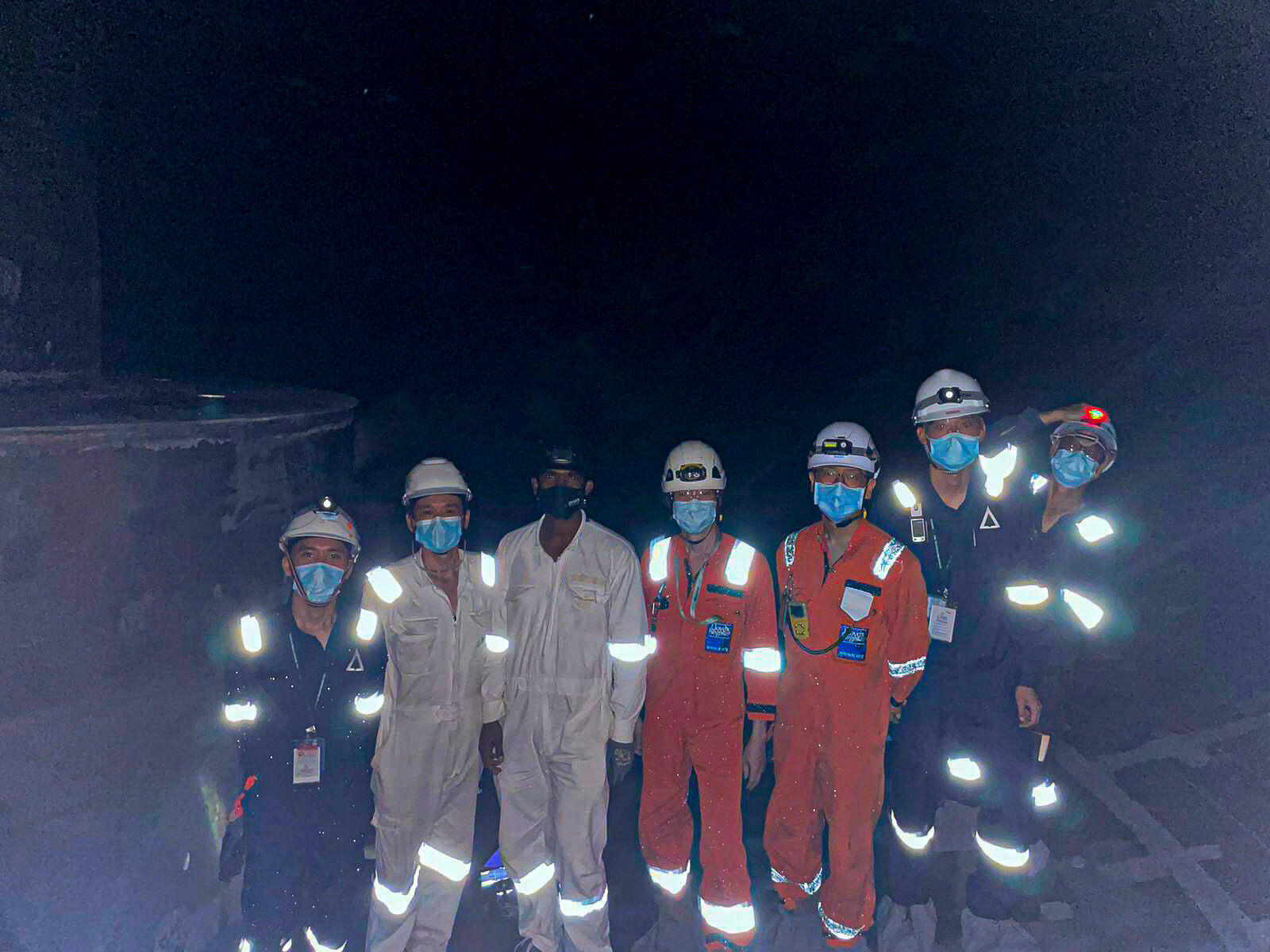Into the Sun
/One of the key components of a successful picture is light. It shapes the subject, provides contrast, impacts the mood and also governs image quality. So in most cases we will try shooting for good strong sun that allows a building, ship or subject to pop.
But another component within light, would be light direction, if the sun is shining strong the whole day, you might be wondering - when to shoot?
Many know of the golden hour rules, dawn and dusk when the sun is low on the horizon. So how do you choose between?
When deciding for a stationary subject - like a building. First ascertain where is the main facade facing? The sun should be shining on it, allowing the facade to be well lit. This also avoids having the sun sitting behind the building - this generally washes out the sky, shooting with the sun at your back allows for the sky's blue to appear saturated.
Example : Backlit building
Facade is in shadow. Sky washed out.
Front:
Facade is nicely lit, with shadows falling away behind. Sky pops.
However, do note that this is just an aesthetic interpretation, some may like a silhouette shot. But it is good to know your variables.
A good tool to use, (free) is a app and site called : suncalc - with it, you can plot a location, and observe the travel of the sun specific for that location, date and time. It is of course, on my phone.
Though there are times these rules can be bent:
Situation 1) The sun may not be shining too intensely. Sometimes, it is obscured by clouds, so it does not wash out the sky too badly. The light is less harsh and directional, not impacting your facade too badly. The image can be saved and enhanced by editing.
Situation 2) Imagine shooting for a building in a dense city area, the neighboring skyscrapers tower above it. In fact, one is sitting right in front of the optimal sun angle, casting a horrible shadow over your subject.
casting long shadows on your subject.
You will have little choice but to go for a near noon shot, where the sun is almost directly overhead, but still cantered bias to the facade of your building. However you might lose some of the shaping effect of shadows on the side faces, it is a compromise of sorts.
Situation 3) Aerial panoramas : As you can imagine, with a 360 panorama, all sky will be in shot all around you. generally it is nice to get a even blue all over. If too early in the morning or late in the afternoon, there might be a case where a portion of the sky washes out.
But as this is generally a small portion of the entire image, its really comes down to preference, with the sun lower, you can see nice shaping effects on the buildings. Again, another trade off.
sky slightly white out where the sun is
As you can see it isn't really a hard and fast rule, but it is always good the control what ever you can, shaping the shot you want it to be.
















